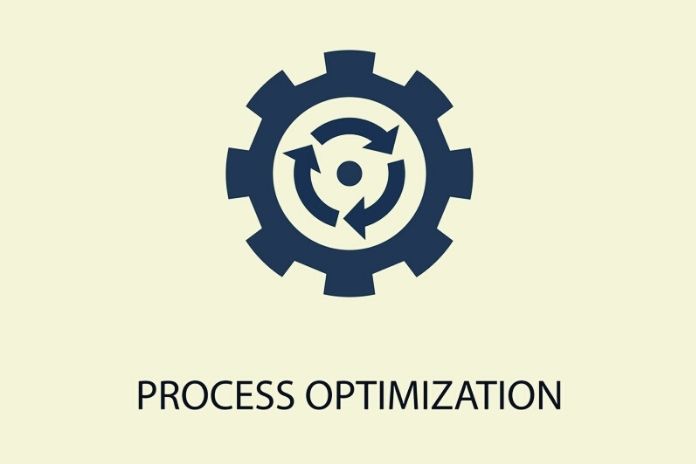Process optimization- A joint project by Picker & Partner, SYS TEC, and SQL Project shows how the industry. Relevant process data and key figures, and essential order data are made available to the appropriate systems along with the entire automation pyramid. This ensures a consistently consistent status image in real-time from the sensor or edge level of production to the ERP system with the following advantages:
- Precise capacity planning and binding customer communication;
- Increase the quality of the manufactured products and reduce defective parts;
- Predictive maintenance even before machine or system parts fail;
- Energy monitoring and optimization
Process Optimization- MES System With Zero Fault Tolerance
Three companies have bundled their core competencies and are presenting a typical retrofit use case. An existing machine was retrofitted with additional sensors to detect anomalies early using structure-borne noise analysis and corresponding data preprocessing at the edge level . An MES system focusing on zero fault tolerance reveals potential for optimization. The interface server TRANSCONNECT takes on the overall data integration, aggregates all relevant data, and makes it available to the appropriate systems at the right time in a suitable format. An all-round successful joint project in the Marktplatz Industry 4.0 eV
Process Optimization Through Comprehensive Data Integration
For a consistently consistent status image of the production up to the ERP system in real-time, more precise capacity planning, but also for binding customer communication, not only the interfaces between order management and production are digitized, but also through additional sensors and an MES system due to the detection of deviating one’s Process values (anomalies) increase the quality of the manufactured products and drastically reduce the production of defective parts and prevent breakdowns of the machine and system parts.
The following work order and current process and environmental data are displayed paperless in production on a tablet used close to the machine. The next charge is always calculated from the existing order stock, the respective delivery times, the tools currently used to minimize set-up times, and the materials available in the material buffers.
Order data and relevant process data, and critical figures are made available to all systems along with the entire automation pyramid. Thus, for example, an optimal order sequence can be calculated at the ERP level, or validations can be carried out at the edge and during production, increasing quality and reducing production errors.
Quality Assurance And Optimization
Barcode scanners on the machine help the workers to pick the suitable materials for an order. This information flows together in the MES system, which uses this data to validate the order data and derive quality parameters.
By including order data down to the edge level and subsequent evaluations, the offer can be compared with the actual effort, for example, and further optimizations can be carried out on this basis.
Smart Maintenance Through Retrofit
The machines were retrofitted with various sensors. These constantly monitor, for example, the temperatures of the drives and motors or their energy consumption and their vibrations. Long-term recording of these measured values can identify anomalies that indicate wear and tear and must trigger corresponding maintenance processes – even without AI.
The machines are monitored for anomalies using simple sensors and methods of structure-borne noise analysis. For this purpose, the measurement data are considered over a relevant period. If outliers occur from a defined spectrum, this is an indication of a necessary maintenance measure. Corresponding maintenance or storage orders are sometimes triggered automatically and sent directly to the intelligent devices of relevant employees using push notifications.
Environmental Values For An Even More Precise Data Basis
Environmental sensors are installed non-invasively in the production hall based on mesh networks to monitor the air temperatures. These measurement data are used, among other things, to parameterize the machines, but especially for monitoring during production. If the temperature fluctuation is too significant, it may no longer be possible to ensure specified tolerances due to material expansion. In this case, a corresponding event is triggered as an alarm message.
In the manufacture of precision parts, in particular, temperature fluctuations have a significant influence on quality. In this respect, appropriate environmental sensors should be installed at the relevant points—the data flow directly into the process control.
Energy Monitoring And Optimization As A Positive Side Effect
As a positive side effect of this digitization initiative, some additional benefits can be achieved based on the available data, such as energy monitoring and optimization, because energy consumption is an essential lever for cost optimization. With the intelligent distribution of load peaks, for example, when starting machines, tariffs can be optimized, thus saving costs.
ALSO READ: Digitization: 5 Businesses Are Changing Permanently After Corona Crisis

